Top speed 160 km/h Length 6.9 m Weight 1,052 kg First flight August 7, 1944 | Wingspan 11 m Cruise speed 136 km/h Engine type Franklin 6 series | |
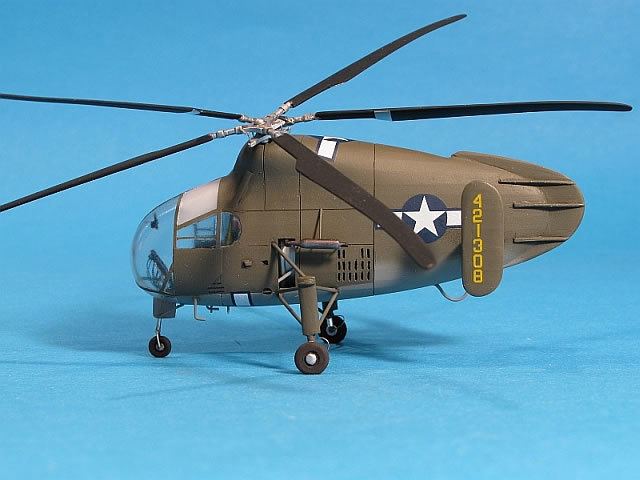 | ||
Kellett xr 8 1945
The Kellett XR-8 (later redesignated XH-8) was a helicopter built in the United States during World War II. It was a two-seat machine intended to demonstrate the feasibility of a twin-rotor system, and while it accomplished this, it also demonstrated a number of problems that prevented further development of this particular design.
Contents
- Kellett xr 8 1945
- Early us army helicopters kellett xr 8 and bell model 30 1944
- Design and development
- Operational history
- Variants
- Specifications XR 8
- References
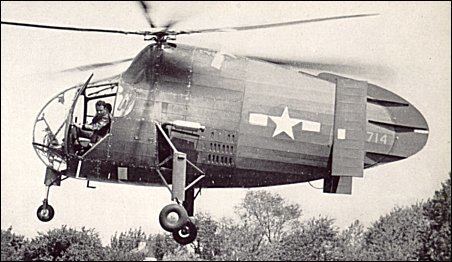
Early us army helicopters kellett xr 8 and bell model 30 1944
Design and development

The successful demonstration of the Sikorsky VS-300 had the USAAF favoring the helicopter over the autogiro as an approach to rotary-winged flight. Realizing this, the Kellett Autogiro Corporation made a proposal to the USAAF on 11 November 1942 for the development of a twin-rotor helicopter that would eliminate the need for a tail rotor and its attendant loss of power. Initially discounted on theoretical grounds, the proposal was re-examined in the light of tests done with models by the Army's Experimental Engineering Section, and was accepted on 7 January the following year. This was followed on 11 September with a contract for nearly $1,000,000 to build two prototypes with the three-bladed rotors contained in Kellett's proposal, along with an alternative two-bladed system.

The resulting aircraft had a stubby, egg-shaped fuselage with a single tail-fin and tricycle undercarriage. Two seats were enclosed side-by-side behind an extensively-glazed nose and the two rotors intermeshed with one another, offset by 12½°. The fuselage construction was of steel-tube, skinned in sheet metal and fabric, and the rotor blades were built of plywood ribs and skin attached to steel tubes. The intermeshing rotors quickly earned it the nickname "eggbeater".
Operational history
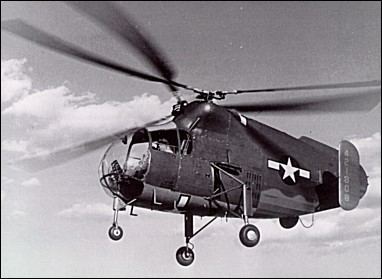
The first flight took place on 7 August 1944 with Kellett chief test pilot Dave Driscoll at the controls. A lack of directional stability was discovered, and was corrected by the addition of two extra tail fins. A far more serious problem was discovered on 7 September, when it was found that a blade from each rotor had collided while the aircraft was in flight. The Air Force therefore ordered Kellett to design a new, rigid rotor system for the XR-8.
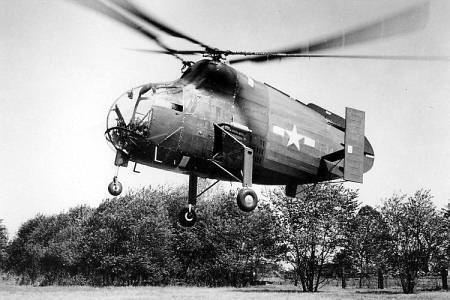
In the meantime, the two-bladed rotor system was trialled on the second prototype, beginning in March 1945. This proved immediately unworkable, with severe vibration that was prohibitively difficult to resolve. Similarly, it became apparent that the rigid rotor system was going to require extensive redesign of the aircraft, and this effort was dropped as well.
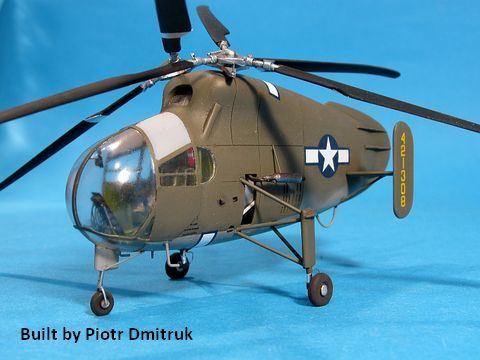
On 23 January 1946, the XR-8 was accepted for service trials with its original, non-rigid rotors in place. However, the program was canceled almost immediately, and the prototype was eventually handed over to the National Air and Space Museum where it remains in 2008.
Variants
Specifications (XR-8)
Data from National Air and Space Museum. "Kellett XR-8". Accessed on 2 September 2008.
General characteristics
Performance
